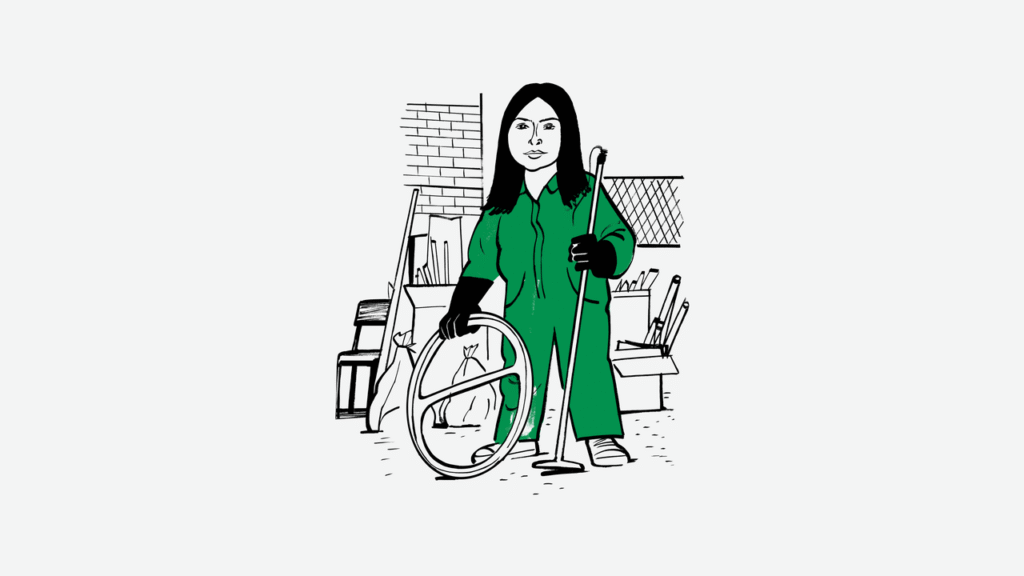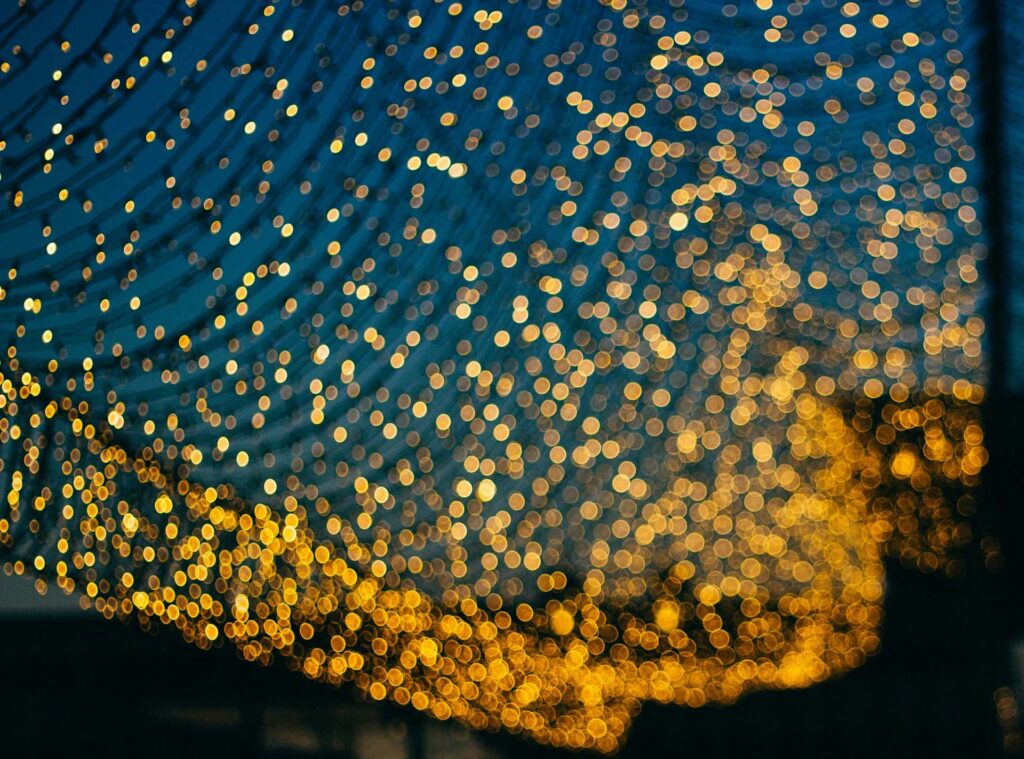The artist Ser Serpas was riding shotgun in a rented U-Haul truck through Williamsburg the other day, lamenting the state of New York junk. “Our stuff is just flimsier,” she said. “I can spot IKEA from a mile away.” Just then, her driver, the art handler Neo Gibson, clocked a steel object nestled in a heap of deli trash: a circular, city-issued bike rack, freshly ripped from the sidewalk. The pair put on work gloves, then slotted the rack into their truck between a rusted table frame, a purple vacuum, and the base of a futon. “Those exposed bolts!” Serpas said admiringly.
Serpas has transformed her haul into a series of junk-pile sculptures for “The Gatherers,” a group exhibition at MoMA PS1 opening later this month which focusses on contemporary waste. She will then fly to Switzerland to begin curbside scavenging for a show at Kunsthalle Basel. But new Swiss restrictions on bulk garbage disposal are creating panic among the curators. “They’re worried there won’t be enough trash for me to fill five rooms,” Serpas, who is twenty-nine and lives on the Lower East Side, said. She wore blue coveralls and old white Converses, her standard picking uniform.
As the U-Haul zigzagged beneath the Brooklyn-Queens Expressway, Serpas ignored a hot-water heater (“too heavy”) and a mattress propped against a utility pole. “I’m not a mattress person anymore,” she said. An abandoned orange shopping cart was added to the pile, then quickly filled with silver snack-bag material pulled from a dumpster belonging to NAP Industries, “a leader in flexible packaging manufacturing since 1963,” according to a sign. Serpas beamed: “It’s so light and radiant. I can make a disco ball with this.”
In sanitation circles, amateur trash pickers are known as “garbage groupies.” The art world prefers “assemblagists.” Either way, Serpas is a rising star of the movement, earning accolades for recent biennials at the Whitney and the Hammer, in L.A. She favors worn-out home furnishings and industrial components for her combines, which she stacks precariously on-site and sometimes sets ablaze. “Tbilisi has the best trash because everything is passed down for so long,” she said. “Paris is also good. In New York, you need to know where to look.” The previous day’s trip to Red Hook had yielded the remains of an elevator shaft, a car windshield, a stack of mops, and a frayed trampoline. “We have a lot of flat things,” Serpas said. “Now I need orifices.”
On Wythe Avenue, the truck lurched to a stop behind a pair of professional junk luggers, who were hauling away the contents of a gutted luxury apartment. “They’re taking all our shit!” Serpas said, striding toward the competition. One of the luggers offered her the pick of the litter but warned against some old chairs.
“Those are rotting,” he said.
“Like, bug-rotting?” Serpas asked. She plucked an umbrella stand and some lawn chairs from the pile instead.
Serpas got into assemblage eight years ago, after earning a fine-arts degree from Columbia. Struggling to produce mixed-media sculptures for a solo show at a gallery in Miami, she stumbled across the remains of a foreclosed house in South Beach. “It was a eureka moment,” she recalled. She stayed up all night assembling the detritus into gridded displays: an overturned armchair doused in gasoline, a glass tabletop balanced on a bookshelf wrapped in electrical wiring. The show was a success—the Rubell Museum acquired pieces—and also a lesson. “The bookcase had termites,” Serpas said. “They needed to get the gallery fumigated.” Otherwise, she said, “I’ve never caused an active infestation in any of the ten or fifteen galleries I’ve shown in. Knock on wood.”
Some institutions have their own sanitary precautions. Before her show at PS1, a vender from Ozone Park will treat the found objects with a substance known as Vikane. The Whitney has a fumigation guy who uses a process called ultraviolet germicidal irradiation. Last year, the museum rejected two pieces of metal sheathing that Serpas had intended to use in its biennial alongside a note: “Bird poop Serpas.”
Back at her studio, in Williamsburg, Serpas assessed the day’s collection. “They all have a good palette,” she said. “I can start to see it coming together.” She paused to rest in the studio’s “lounge”: a few tattered chairs and a coffee table—leftovers from past sculptures, already fumigated. ♦
Premium IPTV Experience with line4k
Experience the ultimate entertainment with our premium IPTV service. Watch your favorite channels, movies, and sports events in stunning 4K quality. Enjoy seamless streaming with zero buffering and access to over 10,000+ channels worldwide.

















